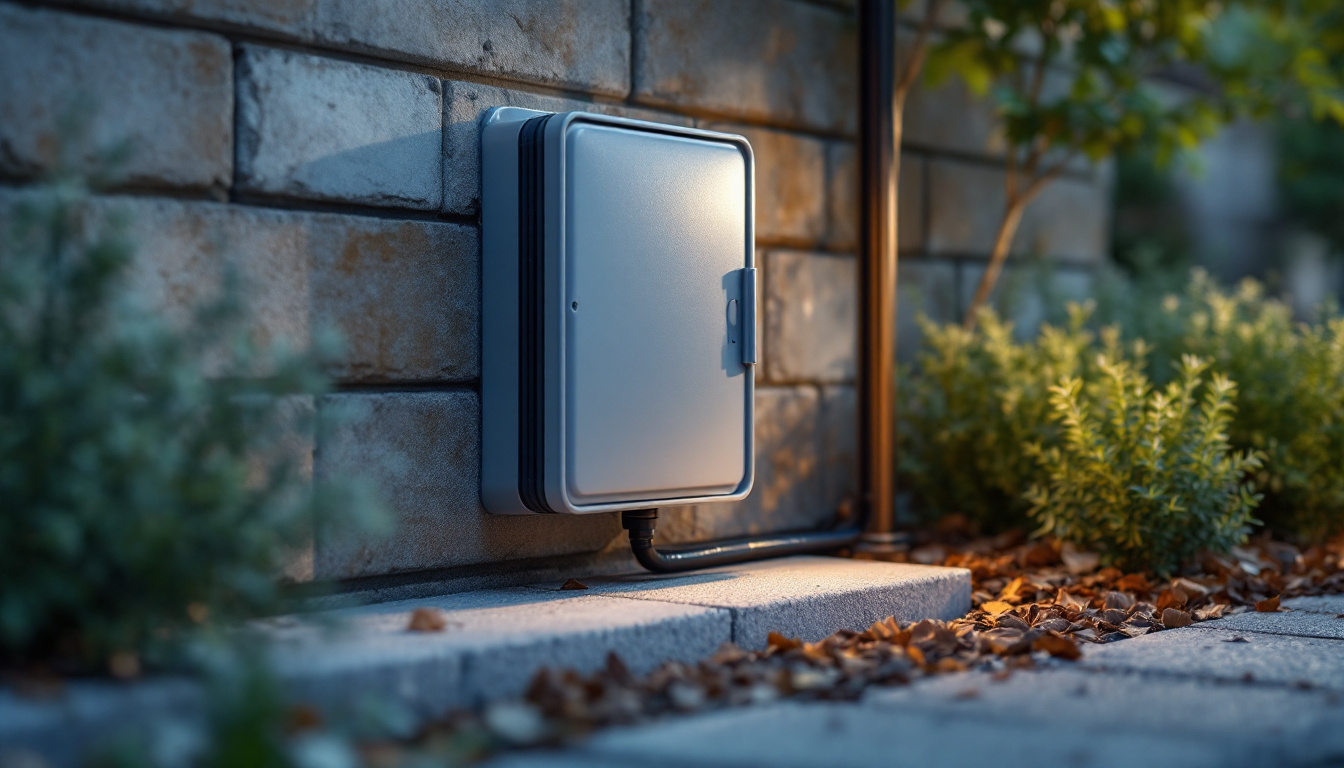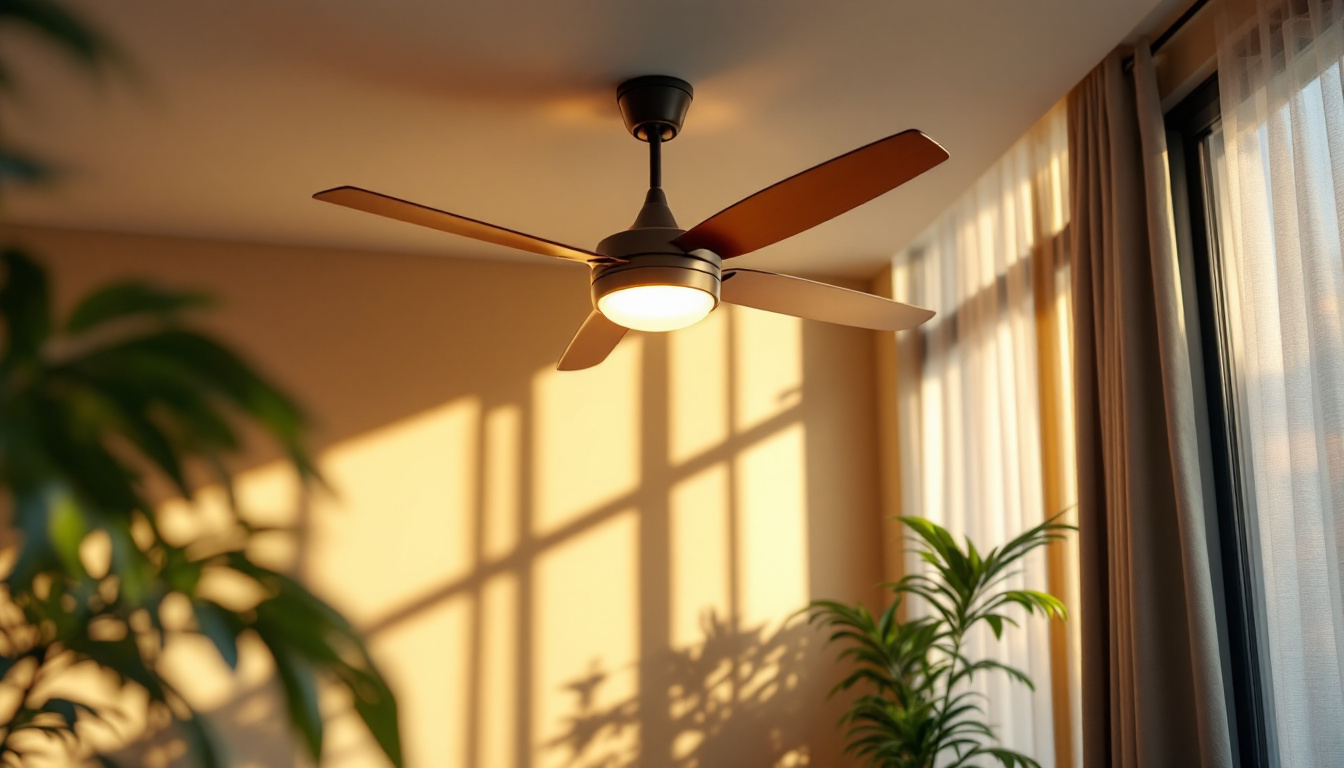
Lighting for a nursery is a crucial aspect that requires careful consideration and planning. As a lighting professional, understanding the unique needs of a nursery can help create a safe, functional, and aesthetically pleasing environment for both infants and caregivers. This article presents an essential checklist to guide lighting professionals in their design and implementation of nursery lighting solutions.
Nurseries are spaces designed for comfort, safety, and functionality. The lighting in these areas must cater to the specific requirements of infants and their caregivers. It is essential to create an atmosphere that promotes relaxation while also ensuring visibility for various activities, such as feeding, changing, and playing. Thoughtful lighting design can significantly influence the mood and behavior of both the child and the caregiver, making it a crucial aspect of nursery planning.
One of the primary concerns when designing lighting for a nursery is safety. All lighting fixtures should be installed securely and out of reach of small children. Additionally, it is vital to choose fixtures that do not produce excessive heat, reducing the risk of burns or fires. Using LED lighting can be an excellent choice, as they emit less heat compared to traditional incandescent bulbs. Moreover, opting for shatterproof bulbs can further enhance safety, as they minimize the risk of injury from broken glass. Ensuring that all cords and plugs are safely tucked away or covered can also prevent curious little hands from tampering with electrical components.
Infants have varying needs throughout the day and night, which necessitates adjustable lighting levels. Bright lighting may be required during daytime activities, while softer, dimmable lights are more suitable for nighttime. Incorporating dimmers or multiple layers of lighting can help achieve the desired ambiance while allowing caregivers to adapt the lighting to the situation at hand. For instance, a combination of overhead lights, wall sconces, and bedside lamps can create a versatile lighting scheme that caters to different times of day and activities. Additionally, using color temperature-adjustable bulbs can further enhance the environment, as warmer tones can promote a calming atmosphere for bedtime routines, while cooler tones can aid in alertness during playtime.
The color of the light used in a nursery can also have a profound impact on the overall environment. Warm white light can create a cozy and inviting space, perfect for snuggling and soothing an infant to sleep. Conversely, cooler white light can help stimulate activity and alertness during playtime. It is beneficial to consider the psychological effects of different light colors; for example, soft pastel hues can evoke feelings of tranquility, while brighter colors can encourage engagement and exploration. Incorporating colored LED lights in a safe manner can allow for playful experimentation with hues, providing a dynamic and interactive experience for both the child and the caregiver.
Choosing the right types of lighting fixtures is essential for creating a functional and inviting nursery environment. Each type of lighting serves a distinct purpose and can significantly impact the overall atmosphere of the space.
Ambient lighting is the primary source of illumination in a nursery. It provides a general level of light that ensures the space is well-lit for various activities. Ceiling-mounted fixtures, such as flush mounts or chandeliers, can serve as effective ambient lighting solutions. When selecting these fixtures, consider the room’s size and ceiling height to ensure adequate light distribution.
Task lighting is designed to illuminate specific areas where activities take place, such as changing tables or rocking chairs. Table lamps, wall sconces, or adjustable reading lights can provide focused illumination for caregivers during nighttime feedings or diaper changes. It is essential to position task lighting strategically to avoid harsh shadows and ensure visibility without disturbing the sleeping infant.
Accent lighting can enhance the nursery’s aesthetic appeal while providing a soothing atmosphere. This type of lighting can include decorative fixtures, such as nightlights or wall-mounted LED strips that create a soft glow. Accent lighting can also be used to highlight artwork or decorative elements in the nursery, adding a personal touch to the space.
The color temperature of lighting plays a significant role in creating the desired mood in a nursery. Lighting professionals should consider the psychological effects of different color temperatures when selecting bulbs for the space.
Warm light, typically ranging from 2700K to 3000K, creates a cozy and inviting atmosphere, making it ideal for nurseries. This type of lighting mimics the natural light found during sunrise and sunset, promoting relaxation and comfort for both infants and caregivers. In contrast, cool light, which ranges from 4000K to 5000K, can create a more stimulating environment that may not be suitable for calming a restless baby.
In addition to color temperature, the quality of light is essential in nursery design. The Color Rendering Index (CRI) measures how accurately a light source displays colors compared to natural light. A CRI of 90 or above is recommended for nurseries, as it ensures that colors appear vibrant and true, which can positively affect the overall ambiance of the space.
As technology continues to advance, smart lighting solutions have become increasingly popular in residential settings, including nurseries. These systems offer a range of benefits that can enhance the functionality and convenience of nursery lighting.
Automated lighting controls allow caregivers to adjust the lighting easily without disturbing a sleeping infant. Motion sensors can activate lights when someone enters the room, while timers can be set to gradually dim lights as bedtime approaches. This technology can help create a seamless transition from daytime activities to nighttime routines.
Many smart lighting systems can be controlled via remote or smartphone apps, providing added convenience for caregivers. This feature allows users to adjust lighting levels, color temperatures, and schedules without physically accessing the light fixtures. Such flexibility can be particularly beneficial during nighttime feedings or diaper changes.
Beyond functionality, creating a calming atmosphere is vital for nurseries. The right lighting can significantly contribute to a peaceful environment that promotes relaxation and sleep for infants.
Layering different types of lighting—ambient, task, and accent—can help achieve a balanced and soothing atmosphere. By combining various light sources, caregivers can create a versatile environment that adapts to different activities and moods. For example, using soft ambient lighting during nap times can foster a tranquil setting, while brighter task lighting can be utilized during playtime.
Natural light is an essential element in nursery design. Whenever possible, incorporate windows or skylights to allow sunlight to fill the space during the day. Natural light not only enhances the overall ambiance but also supports the infant’s circadian rhythm, promoting healthy sleep patterns. However, it is crucial to consider window treatments that can help control the amount of light entering the room, especially during nap times.
Nurseries come in various shapes and sizes, and lighting solutions should be tailored to fit each unique layout. Understanding how to adapt lighting designs to different nursery configurations is essential for lighting professionals.
In smaller nurseries, maximizing space and light is critical. Opt for fixtures that provide ample illumination without overwhelming the room. Wall-mounted sconces or pendant lights can save floor space while still delivering effective lighting. Additionally, using mirrors can help reflect light and create the illusion of a larger space.
Open-concept nurseries often share space with other areas, such as living rooms or playrooms. In these cases, it is essential to create a cohesive lighting scheme that complements the surrounding areas. Consider using consistent color temperatures and fixture styles throughout the open space to maintain a harmonious flow.
As environmental concerns continue to grow, energy efficiency and sustainability have become essential considerations in lighting design. Lighting professionals should prioritize energy-efficient solutions that minimize environmental impact while providing effective illumination.
LED lighting is a popular choice for nurseries due to its energy efficiency and longevity. LED bulbs consume significantly less energy than traditional incandescent bulbs and can last up to 25 times longer. This not only reduces energy costs but also minimizes the frequency of bulb replacements, making it a practical choice for busy caregivers.
When selecting lighting fixtures, consider options made from eco-friendly materials. Many manufacturers now offer products made from sustainable resources or recycled materials. By choosing environmentally friendly fixtures, lighting professionals can contribute to a more sustainable future while also appealing to eco-conscious clients.
Designing lighting for a nursery requires a thoughtful approach that balances safety, functionality, and aesthetics. By considering the unique needs of infants and their caregivers, lighting professionals can create an environment that promotes comfort and well-being. From selecting the right fixtures and color temperatures to incorporating smart technology and energy-efficient solutions, this essential checklist serves as a valuable guide for lighting professionals in their quest to illuminate nurseries effectively.
Ultimately, the goal is to create a nurturing space that supports the developmental needs of infants while providing caregivers with the tools they need to ensure a safe and comfortable environment. By adhering to these guidelines, lighting professionals can make a significant impact on the quality of life for families in their nurseries.
Ready to bring your nursery lighting designs to life with the highest quality fixtures at the best value? Look no further than LumenWholesale. Our extensive selection of spec-grade lighting products ensures that you can create nurturing and safe environments for your youngest clients, without the worry of inflated markups. With free shipping on bulk orders, LumenWholesale is your go-to source for reliable and high-performance lighting solutions. Elevate your nursery projects by choosing the perfect blend of quality, affordability, and convenience. Discover wholesale lighting at the best value today and make your lighting installations stand out.

Discover essential best practices for selecting and installing outdoor electrical box covers in this comprehensive guide tailored for lighting contractors.

Discover the perfect blend of style and functionality with our guide to ceiling fans on sale.

Discover essential information about 4Ft LED fixtures tailored for lighting contractors.

Discover why the T5 fluorescent tube is the unsung hero in lighting projects.